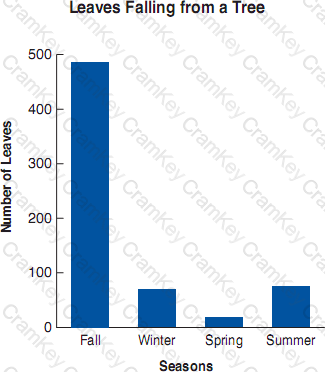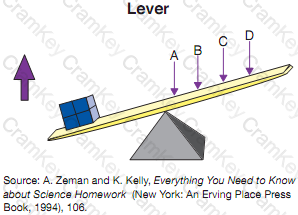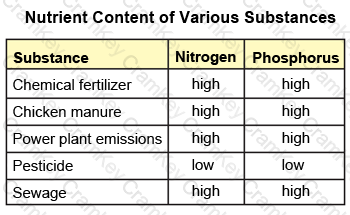| Exam Name: | GED Science Exam | ||
| Exam Code: | GED-Science Dumps | ||
| Vendor: | GED | Certification: | GED Science |
| Questions: | 300 Q&A's | Shared By: | colin |
The digestive tract of an animal that eats meat is about four times the length of the animal’s body. In an animal that eats plants, the digestive tract is about twenty times the length of the animal’s body.
Which animal would be expected to have the longest digestive tract relative to its body length?
Dr. Mullin collected data on the number of leaves that fell from a tree. She noticed that the number of leaves that fell varied substantially during the seasons of the year. The graph at the left describes Dr. Mullin’s findings.

Based on the information and graph, which action would best help explain the data?
Based on the diagram,

at which point is the least amount of force needed to move the weighted box?
Water quality is affected when nutrients such as nitrogen and phosphorus drain into streams and lakes. These compounds promote the growth of algae, which, when they die and decay, may result in the depletion of oxygen in the water. The chart below indicates the relative content of nitrogen and phosphorus in several substances.

Based on the information and chart, which situation is LEAST likely to lead to an excess of nitrogen and phosphorus in the water?